String breaks. Do you know the difference?
There are a lot of misconceptions about strings and stringing and that comes primarily from “Internet land”. There’s just a lot of bad information out there and for the most part, the average player who has no real knowledge of string or stringing doesn’t really know how to tell what’s factual and what’s not. In this post I want to give you a little insight into a particular situation in our business that I feel is helpful for everyone to understand, player and stringer alike.
String breaks happen to almost everyone at every level but what causes it? What’s a “good” break and what’s a “bad” break. What follows are a few photos to explain the difference. In the first few photos you’re going to see some bad breaks and these breaks are a direct result of something the player did, namely, framing or shanking the ball. When you mishit a ball part of the ball collapses over the inside of the racquet and part of it collapses over the outer part of the racquet. The part that goes to the inside puts extreme downward or angular pressure on the string where it exits the grommet and typically, the string will shear, or break at that point. Sometimes it shears inside the grommet but the break is not complete so it looks like everything is just fine. However, the next time you take your racquet out of your tennis bag you notice your string is broken.
Looking at the photos above you can clearly see what I’m talking about. In the first two you can see where the player mishit the ball off of the side of the frame near the top. In the third photo the break is at the very top, most likely a mis-hit serve or overhead.
So, what does a good break look like? Those typically occur near the center of the string bed and are usually the result of string wear over a period of time. Below are a couple of photos to give you a good idea of what I’m talking about. You can click on any of the photos in this post to enlarge them.
Framing balls happens to everyone. EVERYONE! There are no exceptions from the top touring pros right down to the weekend hacker. What I’d like for you to understand is that a broken string from a framed ball is not the fault of the stringer. There’s nothing we can do to prevent a player from framing balls. However, keep in mind that some strings are less vulnerable to breaking when a ball is framed. These are typically very soft synthetic multi-filament strings that have the ability to absorb the impact and give a little. Because there are literally thousands of tiny fibers in the core of a string like that they’re much more forgiving when an angular force is applied. However, this string construction is not a guarantee that the string will not break when you frame a ball!
So, if you’re player who’s prone to mis-hitting several balls each time you play you would be well advised to talk to your racquet technician and give them a heads up that you are prone to framing balls so they can advise accordingly.

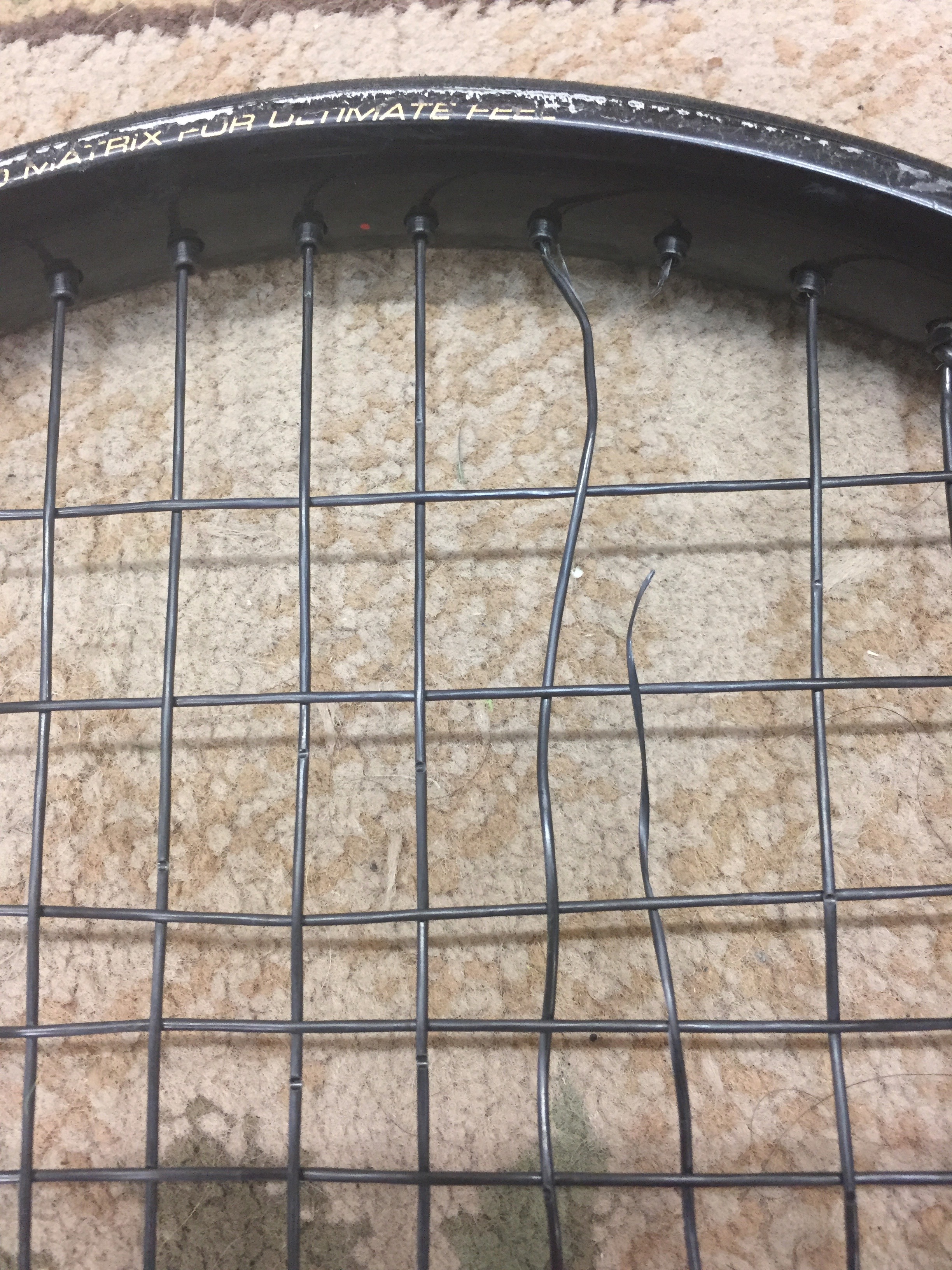
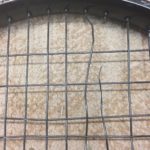

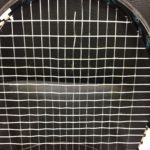
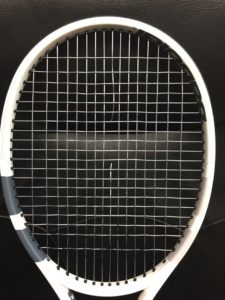
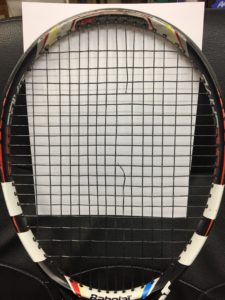
Leave a Reply
You must be logged in to post a comment.